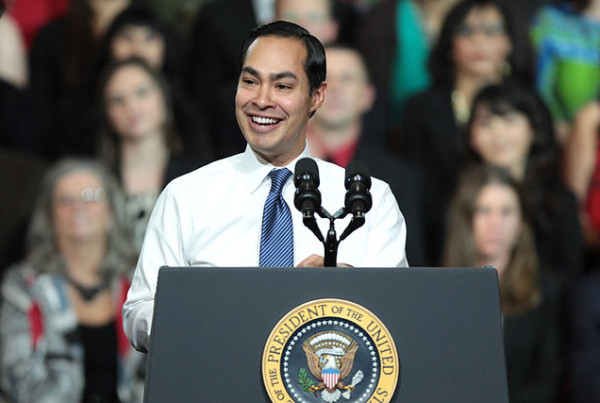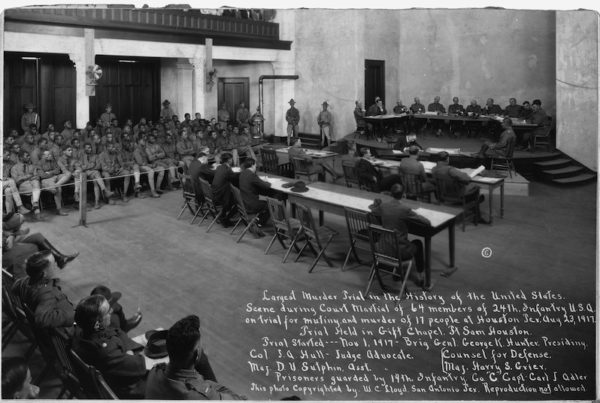If northeast Texas were its own state, its mortality rate – the number of deaths per year – would rival that of the biggest states in the union. According to a new study by the Office of Population Health from the University of Texas system, northeast Texas would rank 45th out of 51 in deaths from all causes. The 51 states include northeast Texas as a stand-alone state. The higher the ranking, the worse off the state is.
Dr. David Lakey, who led the Texas Department of State Health Services, is with the Office of Population Health at UT Health Northeast. He says there are a few different factors leading to high death rates in the northeastern part of the state.
Socioeconomic factors are a key component, he says: educational attainment is lower – just 17 percent of the population have college degrees – and income is significantly lower in the area than in the rest of Texas. But another factor, Lakey says, looms larger.
“Tobacco is killing northeast Texans,” he says. “In this report we looked at all the causes of death and we see a significant increase in tobacco-related illnesses in northeast Texas.”
East Texans use tobacco at a 40 percent higher rate than in other parts of the state. The rate of death due to stroke is 28 percent higher, death due to heart disease is 33 percent higher, death due to lung cancer is 35 percent higher and death due to chronic obstructive pulmonary disease is 40 percent higher.
“There’s no question that tobacco causes cancer – lung cancer,” Lakey says. “There’s a direct correlation there. States that have higher tobacco use have higher rates of those types of illnesses.”
Data also shows whites and blacks have higher mortality rates in the area than in the rest of the state, but Hispanics there have a lower mortality rate than in other parts of Texas. Lakey says there’s no explanation yet, but now that they’re aware of the numbers, they can concentrate on the findings.
To lower the number of deaths from illnesses in northeast Texas, Lakey says we need to do better to shift resources.
“We forget the challenges we have in east Texas,” Lakey says. “We don’t bring the resources from Austin to east Texas to address these types of issues.”
There are a few ways Lakey says the UT system is working to change the outcomes. Currently they’re working on a systematic approach to improving health: they’ve been working with the Cancer Prevention Research Institute of Texas and are developing a school community in rural health to educate the future workforce.
“We have to educate the Legislature that it’s not just the border that has challenges, it is east Texas,” he says. “We need to work with the healthcare providers, the local health department, the decision-makers in east Texas. And you need to get into the community. You can’t do this in isolation. You have to hear from people on the front lines that live and breathe the challenges.”
Post by Beth Cortez-Neavel.
















